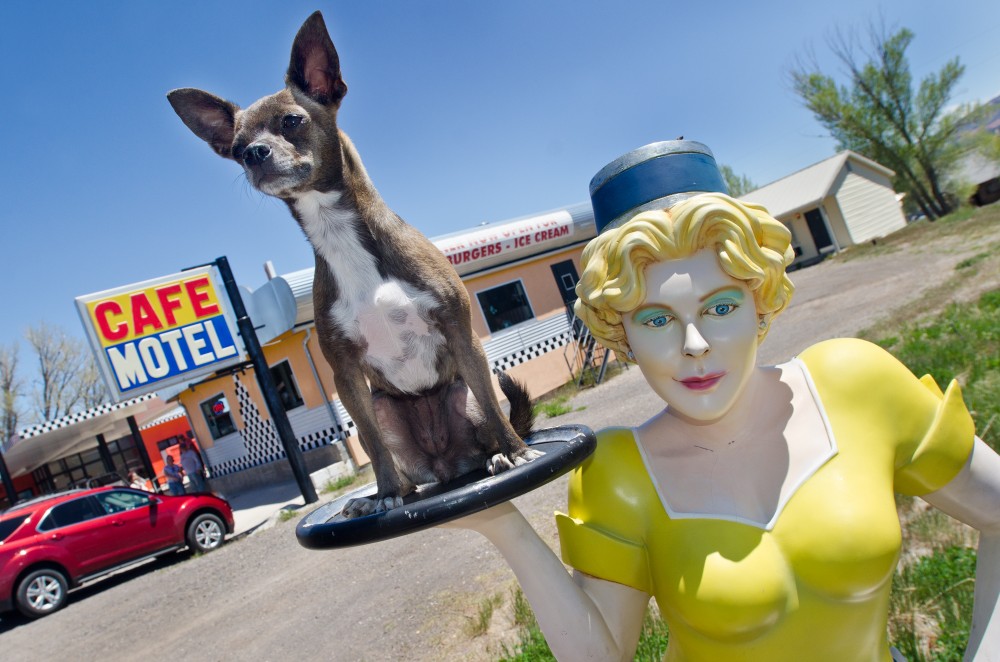As I walked down the beach in the late afternoon sun, enjoying an ice cold Imperial beer, the warm temperature, and a slight offshore breeze, I reflected on the previous nights arrival to paradise.
We arrived at night. A blast of warm air enveloped the mass of tourists exiting the plane at the airport in Liberia, Costa Rica. A small group of men clamored for our luggage, to take them to their waiting van or taxi.I had the same experience last year, but much larger and louder in the countries capital San Jose. With a crowd of shouting would be drivers assaulting the senses, it reminded me of old news clips of the fall of Saigon. Liberia was much more scaled down. This was more like the fall of Mayberry.
An hours ride in a shuttle van to our hotel, we found ourselves in Playa Tamarindo, Costa Rica. The ride involved near miss accidents including a head-on, a T-bone, and a herd of cattle crossing the main highway. Our driver did not flinch at our eye-opening ride. It appeared to be a normal uneventful drive for him. As I had been to Costa Rica before, I had expected this kind of driving. I recommend hiring a driver, not only do they know where they are going, they know the “ways” of the road. (I would not say laws or rules, it appears there may be none)
Costa Rica is located between Nicaragua to the north and Panama to the south in Central America, and not too far north of the Equator. Last winter my family and I traveled to the mountains and rainforest of the country, this year we headed for Playa Tamarindo, a surfers paradise. My daughter Katie had surfed a little with her uncle Dave in Santa Cruz, California, and was looking forward to hitting the local waves and warm water. My wife was looking forward to a drink with a small umbrella in it. They both got their wishes.
We stayed at the Pasatiempo Bar and Grill and Hotel, and enjoyed a double room for the price of a single in the States. They made the best pizza in town, a staple in this community, as one would assume with the amount of places to purchase the pies. (best burrito in town is at “The Crop”, just west of the hotel, ask for Oscar!).
While there, I learned that there would be a semi-private screening of “The Endless Summer” at Bar One, a local pub about a block down the street, hosted and narrated live by legendary surfer Robert August, who also starred in the movie.The place was packed! Robert August, who has been surfing since he was 6 years old, lives in Huntington Beach California , and visits his home many times a year in Playa Tamarindo Costa Rica. He was one of the two surfers in the 1966 Bruce Brown documentary film The Endless Summer, (the other surfer was Michael Hynson) and was also in the first part of the movie “The Endless Summer II”, which was filmed on the local beaches here in Tamarindo.
Robert mentioned that the cost of surfing is getting pretty high, with “ a board is equal to a drum of oil, with all the resin used to make it”. “People now, especially people from the east coast, where it is still very cold this time of year, choose Tamarindo for it’s warm climate, and warm water” (for surfing).
When asked about bringing your own board down on a plane, Robert answered “The airlines make you feel like a leper, with all the packaging conditions and the cost of about 90 to 100 dollars charged each way. It’s a lot easier to come down here and rent a board, and there are many surf shops that rent and even sell boards of various sizes and shapes to fit the riders needs”.
The town has plenty of surf shops, including Robert’s, with scheduled surf lessons for those new to the sport. I would highly recommend this, as you will pick up the skills a lot faster, and will be able to enjoy more rides. Robert also mentioned that “Tamarindo has weather like summer all year round, with the exception of September and October might be a little overcast, an offshore breeze, and the waters always nice, and you will never need a wet suit”.
The waves were small at the main beach when we were there, 3 to 5 feet, but I had heard about 9 to 10 foot swells just south of the town. Still the waves were fun to ride for locals and tourists alike.
Surfing is not the only activity in Tamarindo, besides just relaxing on the beach. There is a sunset cruise on a catamaran, kayaking, snorkeling, ATV rides (down well marked paths and roads) and Sport Fishing. There is something for everyone, and can be arranged by exploring on foot, or at the hotel you are staying at.
Once again we brought home fond memories of a very special march vacation, spent in a beautiful country and full of sights, sounds and smells that we will never forget.
Online:
Playa Tamarindo
Mountains and Rain Forrest
Our tours and activities (hikes, horseback riding, white-water rafting, zip line) were booked through www.centralamerica.com
La Paz Waterfall Gardens in Varablanca: www.waterfallgardens.com
Arenal volcano: www.arenal.net
Costa Rica Shuttle: www.costaricashuttle.com
